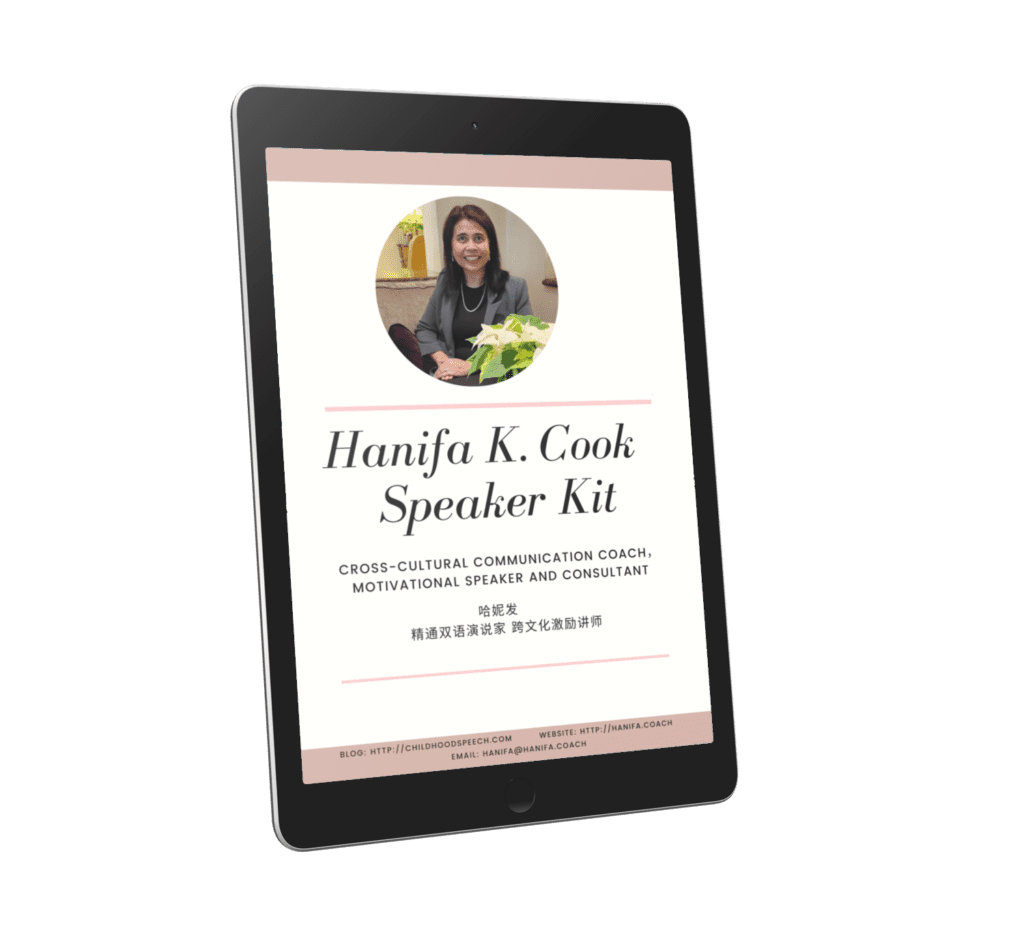My daughter is attending Mandarin class at a local learning center near our house. At present, she is already speaking 4 languages: Mandarin, English, Bahasa Indonesia and Malay. Since she has started school in Singapore, she has started to pick up the unique Singapore English accent, known as Singlish. I am devastated at first. However, she demonstrates an ability to recognise the difference quite readily.
She has now completed her first year at primary and passed with flying colours on all subjects.
During my childhood, I was lucky to be surrounded by many different ethnic and cultures. My learning environment was both prepared and natural.
The society we live in now are more affluent and wordly. Children converse in either one or two languages, but primarily in English. I am very concern. So for the past 6 months, she has been attending Mandarin afterschool programme outside school. There the teachers comes from Taiwan, native Mandarin speakers. At the end of 6 months, I found their programme is not effectively motivating children to enjoy language learning; it still depend on them to come from a Mandarin speaking home environment. (see below, natural environment)
So how can we choose a suitable learning environment and if we are able to find one, how do we create it to work with our natural environment?
In order to answer this question, we must first understand that there are two types of learning environment: natural and prepared.
Natural Environment: Your family and the immediate surroundings are the natural environment. Family members communicate and interact with one another on a daily basis. When a family member leaves the house for work or school, she brings home with her the knowledge from the outside environment. A family grow with this knowledge which interplay with their own learning environment.
Prepared Environment: As the components in the natural environment embrace all information and knowledge from outside, a kind of system develops that need to maintain or sustain the knowledge in the family. This results in the formation of the prepared environment.
Usually the natural environment is richer in culture and practice, and it has greater influence on personal growth and development.
The prepared environment is something like this. You will use it it works for you, but store it somewhere on the shelf at home until it is approriate for use. use it if it works. For example, the family buy and sell furniture, keep and donate used items, throw or store materials on a regular basis.
Knowledge is the same. For instance, after you have learnt and tried a new recipe, you let the family try it. If they enjoy the meal, you keep it as part of the family favourite recipe. You experiment on the knowledge.
With regard to language, you have to set aside space in the family living environment to combine the foreign with the native. This space need not be physical space. In my case, it is
The idea is to maintain a balance between the natural and prepared environment. One cannot influence change outside my natural environment. He also cannot force knowledge he has from a prepared environment upon what is already natural. He has to experiment the choices of components or materials create the learning environment we want.
I am also now learning Spanish with her. I have tried to combine two methods: childhoodspeech (natural learning method) and Spanish lesson guide (prepared learning method). The learning is still in progress. I will report on our progress on my blog overtime.
p.s. In the Montessori programme, the prepared environment is a place designed to suit the whole child development, from the size of the furniture to the contrast in material characteristics.


Trackbacks/Pingbacks